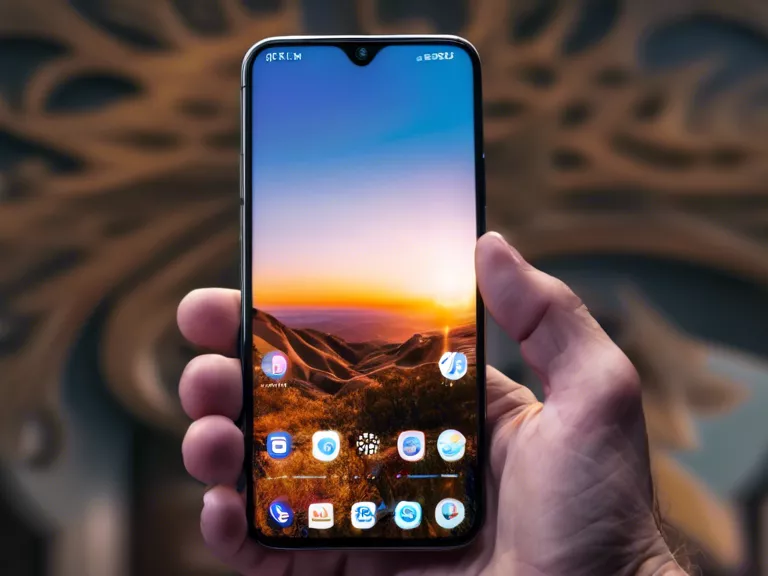
Smartphones are increasingly using biometric security features like fingerprint scanners and facial recognition to provide seamless user authentication. These technologies help to protect sensitive information and enhance user experience on mobile devices.
Biometric security on smartphones offers a more secure and convenient way to unlock devices and access apps. Traditionally, users had to rely on passwords or PIN codes, which can be easily forgotten, stolen, or hacked. Biometric authentication, on the other hand, relies on unique physical characteristics like fingerprints or facial features to verify a user's identity.
Fingerprint scanners have been incorporated into smartphones for several years now. Users simply place their finger on a designated area on the device, and within seconds, the phone is unlocked. This technology is both secure and user-friendly, as fingerprints are difficult to replicate.
Facial recognition is another biometric security feature that is gaining popularity on smartphones. Using the front-facing camera, the phone scans the user's face to confirm their identity. This technique is not only convenient but also works well in low-light conditions.
In addition to fingerprint scanners and facial recognition, some smartphones also support iris scanning and voice recognition for user authentication. These advanced biometric security measures offer even greater protection against unauthorized access.
Overall, integrating biometric security features into smartphones has revolutionized the way users interact with their devices. By providing a secure and seamless authentication process, biometrics enhance user privacy and convenience. As technology continues to evolve, we can expect to see even more innovative biometric authentication methods being implemented in smartphones.



